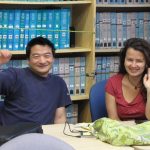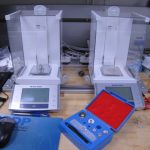
Costa Rica Seismogenesis Project
The Costa Rica Seismogenesis Project (CRISP) was designed to better understand the processes that control large earthquakes at subduction zones. CRISP involved the only known erosional end-member of convergent margins within reach of scientific drilling. With a low sediment supply, fast convergence rate, abundant seismicity, and subduction erosion, CRISP offered excellent opportunities to learn causes of earthquake nucleation and rupture propagation. This expedition focused on understanding the boundary conditions of lithology, fluid flow, and thermal structure that trigger unstable slip in the seismogenic zone along a drilling transect at two slope sites. These slope sites also served as pilot holes for potential future drilling projects to reach the aseismic/seismic plate boundary.
Big Questions and Objectives:
- What is the top of the plate material like in this area where one plate is moving under an other? Estimate the composition, texture, and physical properties of the upper plate material.
- What is the rate of the Cocos Plate moving under Costa Rica? Assess the subduction channel thickness and the rate of subduction erosion.
- How do fluids contribute to the start of earthquakes? Evaluate fluid/rock interaction, the hydrologic system, and the geochemical processes (indicated by composition and volume of fluids) active within the upper plate.
- How is the stress in the rocks distributed in this area of earthquakes? Measure the stress field across the updip limit of the seismogenic zone.





















